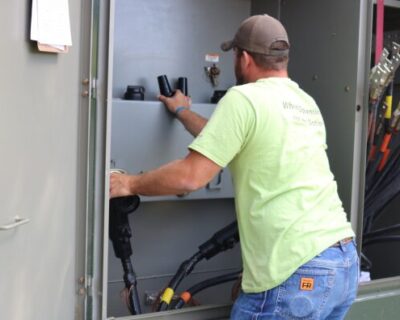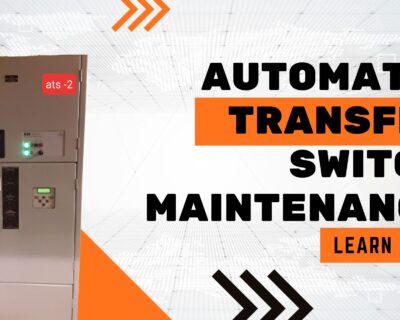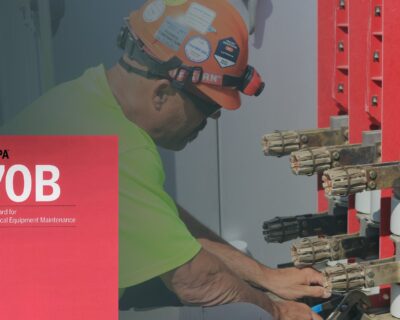Learn
Protecting Electrical Equipment from Unwanted Critters
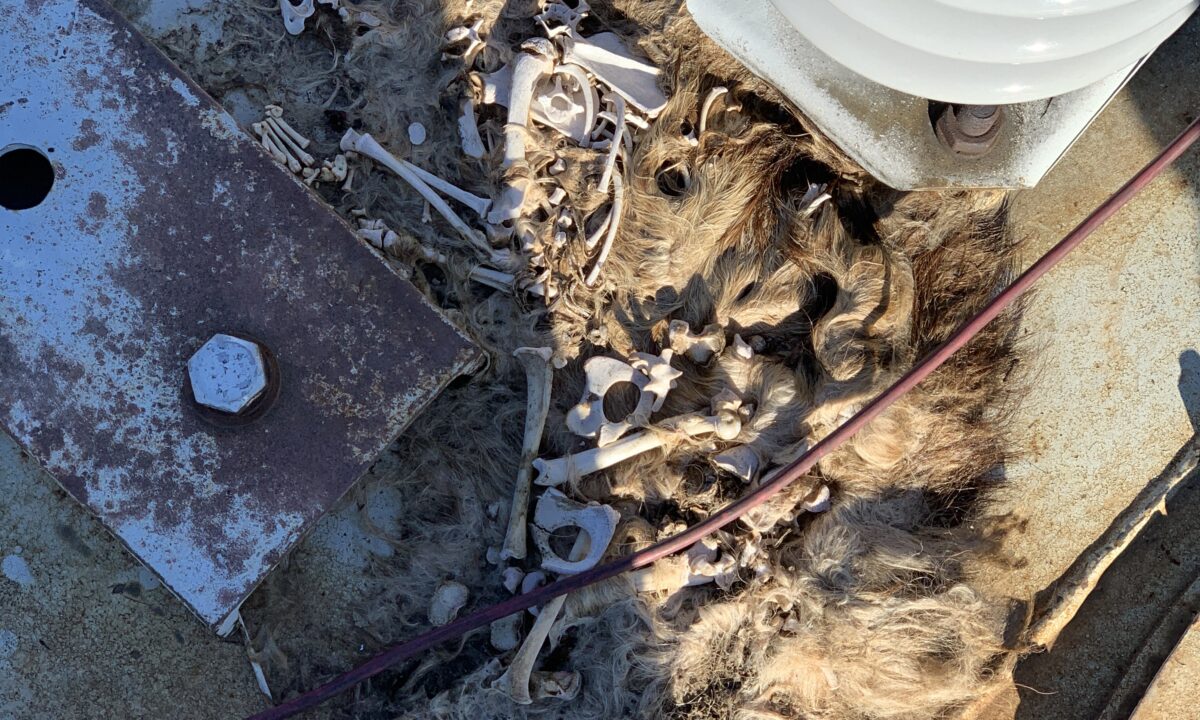
In the world of electrical maintenance and testing, an unexpected foe often goes unnoticed until it’s too late: animals. Yes, you read that right. From mischievous squirrels to curious birds and occasional snakes, critters can find their way into electrical equipment and wreak havoc. In this article, we’ll explore the surprising world of animals getting into electrical equipment and causing issues and, more importantly, how Protecting your Electrical Equipment prevents these unplanned disruptions.
The Stealthy Intruders: How Do Animals Get In?
Believe it or not, animals are resourceful when it comes to infiltrating electrical equipment. They often seek shelter and warmth, or they simply stumble upon these spots while exploring their surroundings. Here are some common ways critters make their way into your electrical systems:
- Nesting Habits: Birds are notorious for building nests in electrical substations and utility poles. Their choice of location may lead to electrical fires or disruptions when their nests interfere with power lines.
- Chewing and Gnawing: Squirrels and rodents have a habit of chewing on electrical cables, insulation, and wires. Their gnawing can lead to exposed conductors and short circuits.
- Seeking Warmth: Snakes and other reptiles often crawl into switchgear cabinets or electrical enclosures seeking warmth, creating a safety hazard when operators need to access the equipment.
- Insects and Infiltrators: Insects, spiders, and even small mammals can find their way into electrical cabinets through tiny openings, creating a messy situation with nests, webs, and other debris.
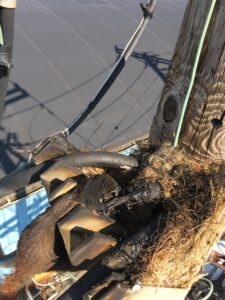
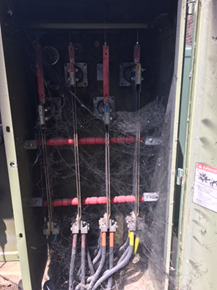
The Unforeseen Consequences: Why It Matters
You might be wondering why animals in your electrical equipment are such a big deal. The truth is, their presence can lead to a host of problems, including:
- Safety Hazards: Animals can cause electrical faults, leading to dangerous shocks, equipment damage, or even electrical fires.
- Operational Disruptions: Equipment malfunctions due to animal interference can result in costly downtime and interruptions to critical operations.
- Maintenance Costs: Removing debris, nests, and carcasses from electrical equipment can be time-consuming and expensive.
- Energy Efficiency: Damage caused by animals can reduce the efficiency of electrical systems, increasing energy consumption and costs.
Prevention and Protection: How to Safeguard Your Electrical Equipment
Now that we understand the risks let’s explore some proactive measures to protect your electrical equipment from these uninvited guests:
- Regular Inspections: Implement routine inspections of your electrical systems, looking for signs of animal activity, nests, or damage.
- Seal Entry Points: Identify and seal any openings or gaps in your electrical enclosures and cabinets, ensuring they are critter-proof.
- Install Deterrents: Consider using deterrents like screens, wire mesh, or spike strips to prevent animals from entering your equipment.
- Keep Surroundings Clean: Maintain a clean and tidy environment around electrical equipment, reducing the appeal of nesting spots.
- Training and Awareness: Educate your team on the importance of reporting any signs of animal intrusion promptly.
- Professional Assistance: If you suspect animal interference or damage, consult with electrical maintenance professionals to assess and address the issue.
Conclusion: Protecting Your Power, Preventing Paws
In the world of electrical maintenance and testing, animals may not be the first threat that comes to mind, but they can pose significant risks to your equipment and operations. By staying vigilant, implementing Protecting Electrical Equipment preventive measures, and conducting regular inspections, you can keep these critters at bay and ensure the reliability and safety of your electrical systems. After all, in the battle of circuits versus paws, preparedness is your greatest ally.
Electrical Maintenance Program
Be smarter than the animals! Stay up to date on your Electrical Maintenance.



